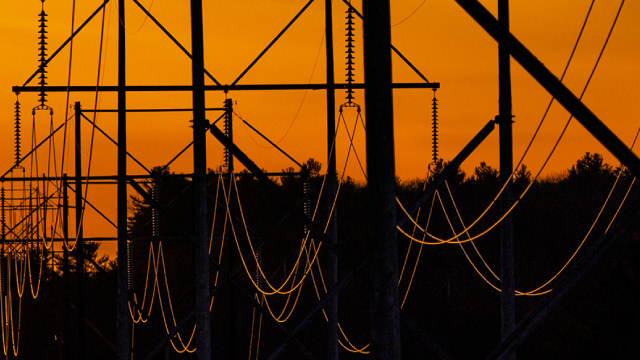ConocoPhillips (COP): A Buy Opportunity Amid Underperformance
ConocoPhillips (COP), an energy industry giant, has experienced underperformance compared to its peers and the SPDR Energy Sector ETF (XLE). However, this trend does not tell the entire story. A closer look at COP’s operational and financial performance reveals reasons to be optimistic and supports a buy rating.
Low-Cost Production Profile
COP’s competitive edge begins with its low-cost production profile. The company’s operating expenses have consistently been below industry averages, allowing it to generate higher profit margins. This cost advantage is particularly valuable in the current market environment, where oil and gas prices are volatile.
Significant Assets in the Permian Basin, Alaska, and LNG Technology
COP’s portfolio includes significant assets in the Permian Basin, one of the world’s most prolific oil and gas regions. Additionally, the company holds substantial positions in Alaska and LNG technology. These assets contribute to COP’s robust free-cash-flow, which reached $6.96/share last year.
Robust Free-Cash-Flow
Despite generating impressive free-cash-flow, COP’s current stock price lags behind the average price targets set by four major Street firms. These firms estimate COP’s stock price should average around $130/share, representing a potential upside of 25% or more.
Impact on Individual Investors
For individual investors, COP’s underperformance presents a potential buying opportunity. By purchasing COP shares at their current price, investors could potentially benefit from significant upside as the stock price approaches the average price targets set by analysts.
- Lower entry price
- Potential for higher returns
- Diversification within the energy sector
Impact on the World
On a larger scale, COP’s operational and financial performance can have positive implications for the world. Increased investment in energy production, particularly in regions like the Permian Basin, can lead to energy independence and reduced reliance on foreign sources. Furthermore, the development and implementation of LNG technology can contribute to a cleaner energy future through the reduction of greenhouse gas emissions.
Conclusion
In conclusion, ConocoPhillips’ underperformance compared to its peers and the SPDR Energy Sector ETF does not accurately reflect the company’s strong operational and financial performance. COP’s low-cost production profile, significant assets, and robust free-cash-flow provide reasons for optimism. For individual investors, this underperformance presents a potential buying opportunity. On a global scale, COP’s success can lead to energy independence and a cleaner energy future.





